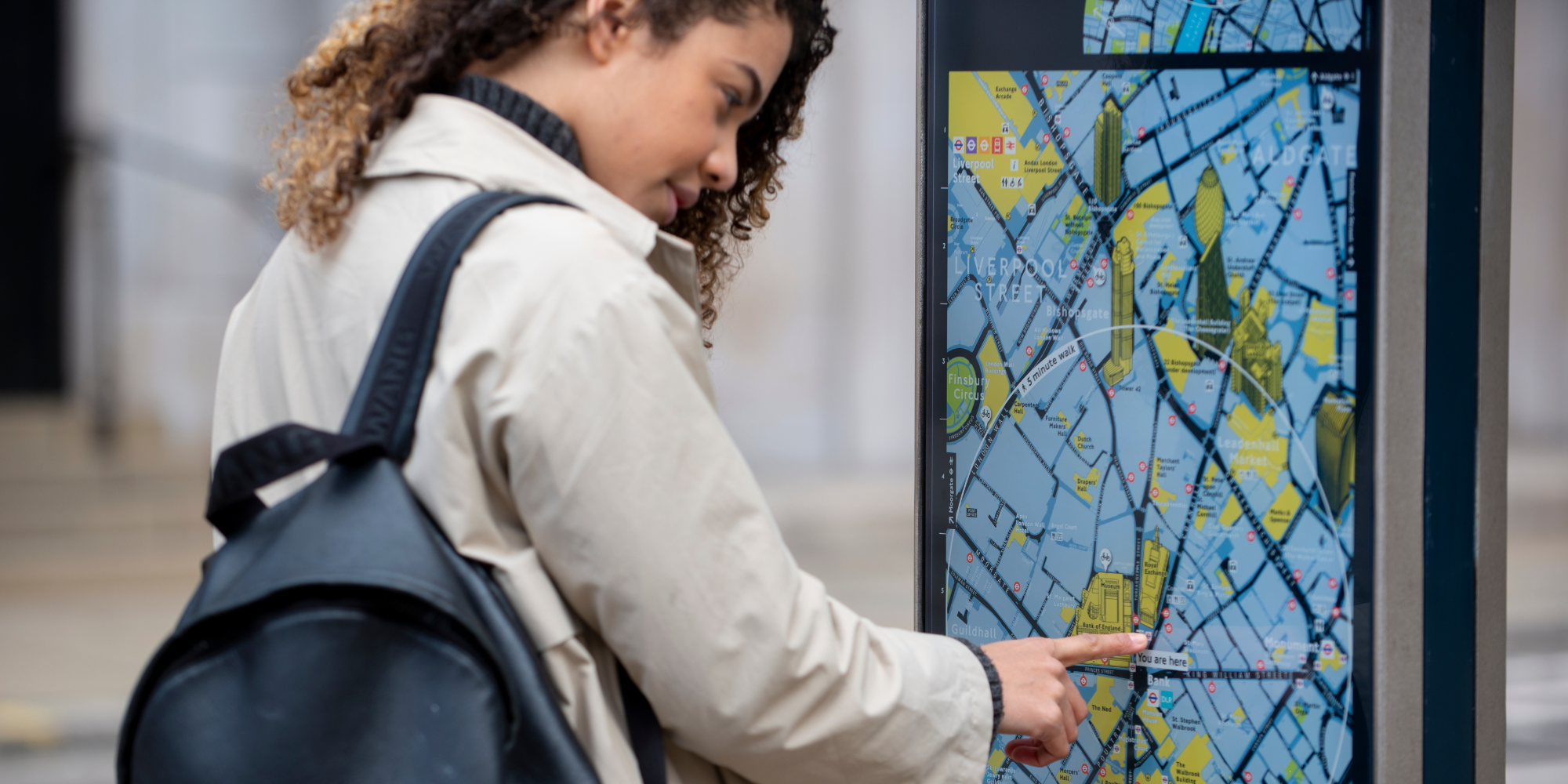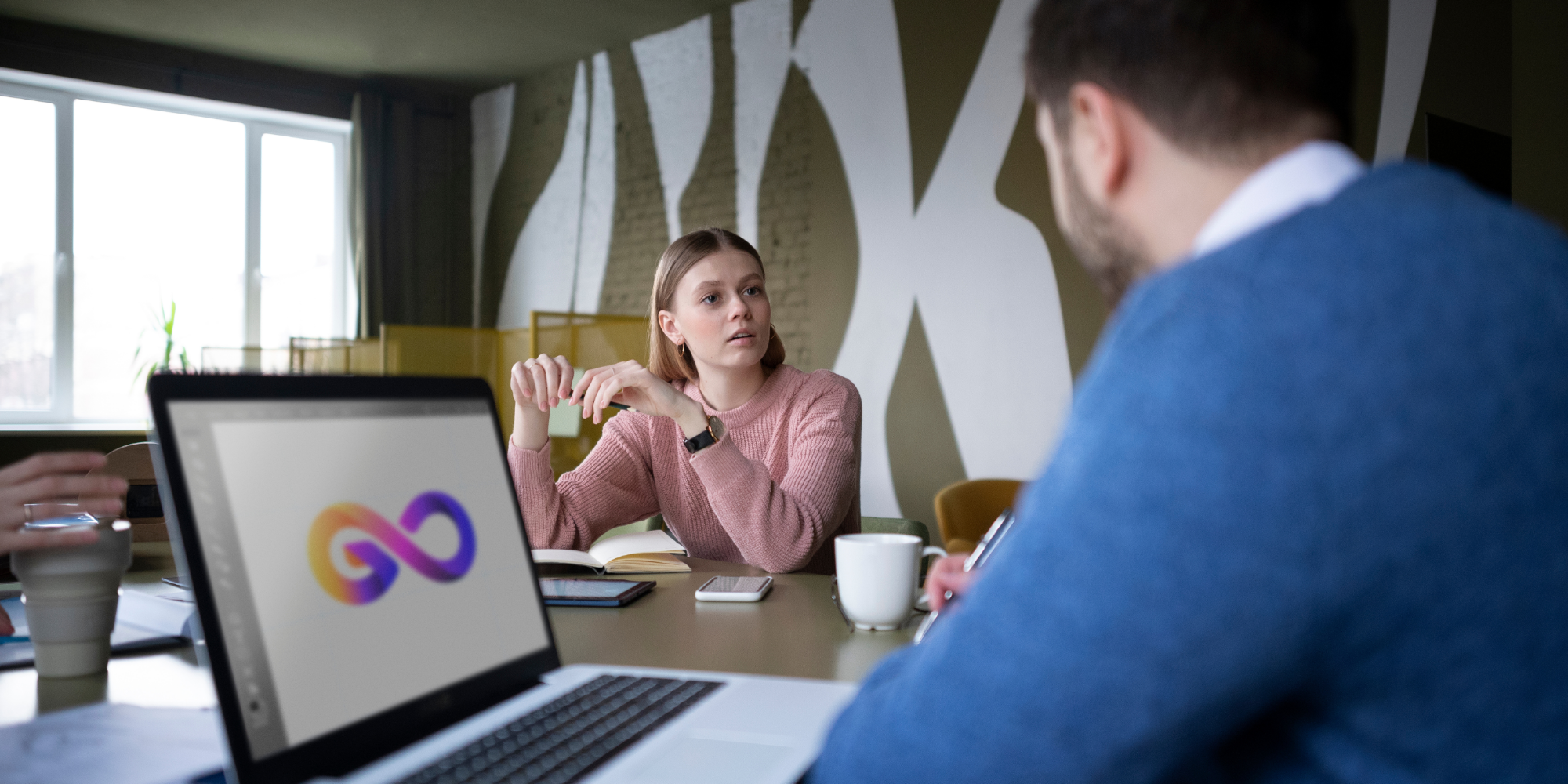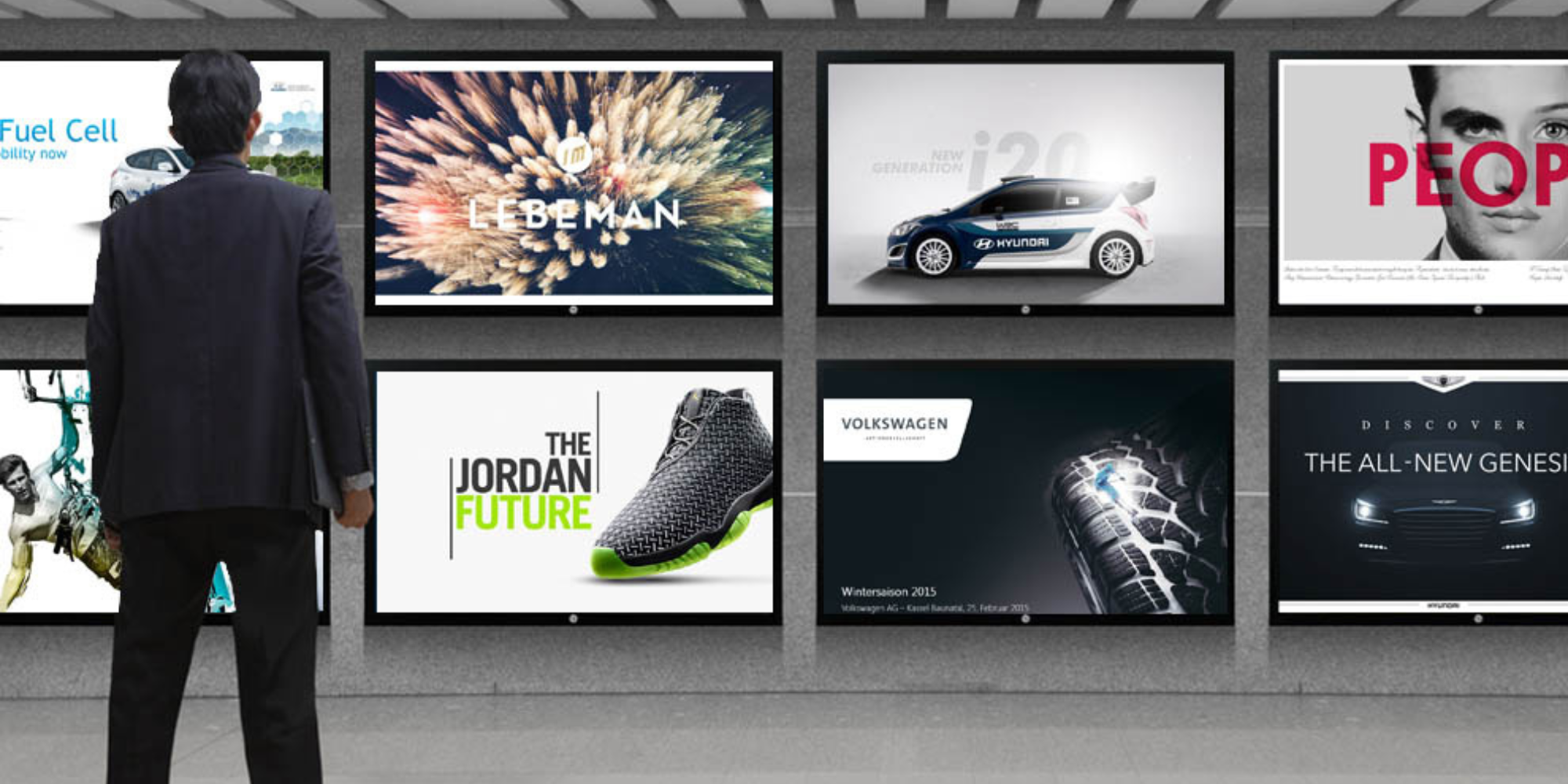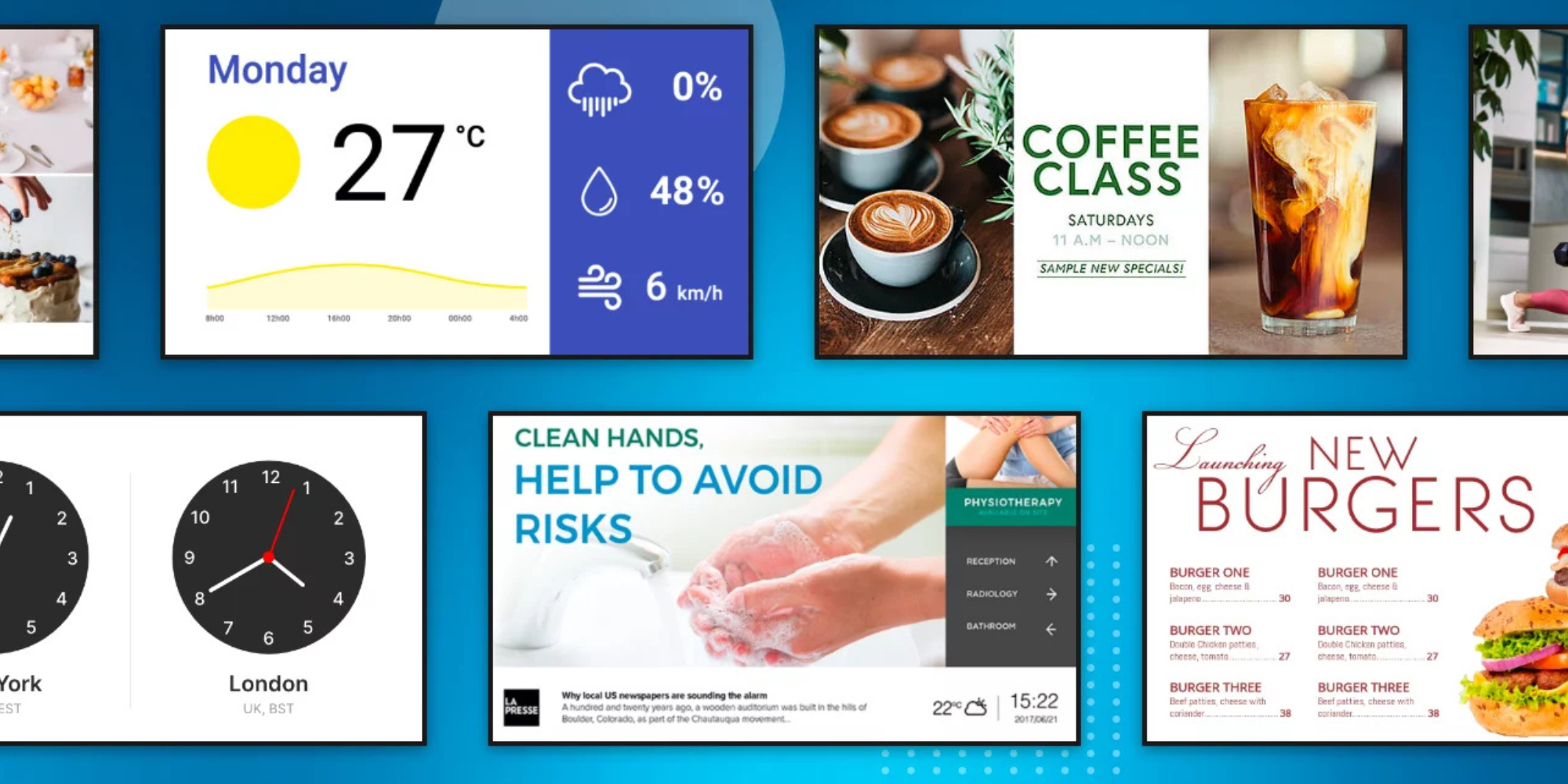
Accessibility-First Campus Wayfinding: Digital Best Practices
It can be hard to get about a campus. It's easy to get lost in the big buildings, twisting hallways, and outdoor areas that seem to melt together. These problems can be even worse for those with impairments. What is good news? Digital signs and contemporary wayfinding systems have changed how campuses can help individuals find their way. Rise Vision's platform lets you develop solutions that are easy to use and accessible to everyone. This article talks about the finest digital ways to make campus navigation that puts accessibility first. This way, every visitor, student, and staff member can find their way with ease.
What Is Campus Wayfinding That Is Easy to Use?
Accessible campus wayfinding uses digital tools to help people find their way across complicated places like colleges and universities. The idea is to make sure that everyone, no matter how they move, see, or think, can get from one place to another without becoming lost.
Digital signs and interactive maps can change in real time, unlike regular signs. They give you the most up-to-date directions, show you the best routes for those with disabilities, and include features that static signage can't match. When accessibility is the goal, these systems are made with everyone in mind, from people in wheelchairs to people who have trouble moving around for a short time.
Why it Matters to Design with Accessibility First
It's not just nice to make wayfinding easy to use; it's also vital. For those with impairments, it means being able to go around on their own or feeling left out. Accessibility is also important for legal reasons, including the Americans with Disabilities Act (ADA), which makes sure that everyone can go around in public places like campuses.
But here's the thing: design that is easy to get to doesn't just aid those with persistent limitations. It makes it easier for new visitors to find their way across campus, personnel who are carrying heavy equipment, and even students who are on crutches following an injury.
Best Ways to Make Digital Wayfinding Easy to Use

Creating digital wayfinding that’s simple and intuitive ensures everyone can move through campus with ease. The goal is to remove barriers, whether that means improving visibility, adding audio cues, or offering multilingual support. The following practices focus on making navigation effortless for all users, no matter their abilities or familiarity with the campus.
Prioritize Clear Visual Design
People with vision problems can see much better when the text is high-contrast, the typefaces are easy to read, and the layouts are simple. Don't choose color combinations that are hard to tell apart, like red and green. Use big, straightforward typefaces and keep your writing short. Let consumers change the size of the text to fit their needs wherever possible.
Add Audio Navigation
People with low vision can really benefit from audio assistance. Users can stay updated without having to rely on images alone by getting spoken directions, alerts about forthcoming turns, or messages about changes to the schedule. Let consumers adjust the volume, choose their language, and turn the sound on or off if they want to.
Make interactive maps that are easy to touch.
Everyone should be able to use interactive kiosks and touchscreens, even people with low dexterity. Easy navigation is made easier by big buttons, straightforward menus, and clear feedback when an option is chosen. Users can also change the font sizes and color schemes to make the interface work better for them. This approach aligns with interactive digital displays, ensuring a more inclusive user experience.
Support for many languages
People from many different cultures and languages often go to campuses. Digital signs should let you change the language of both the text and the audio instructions quickly and easily. This makes it easier for international students, guests, and others who don't know the language well to get around.
Keep Maps Up to Date in Real Time
Campuses are always changing. Buildings can change names, events can move, and construction can make routes less accessible. Digital maps can keep up, but static signage can't. With Rise Vision, administrators can send out updates right away, so no one is left following old directions.
Use clear signs to show the way
Wayfinding works best when it's easy to understand, as with arrows, color-coded paths, or step-by-step instructions. Instead of steps, provide the easiest ways to get to elevators and entrances. If users take a wrong path, breadcrumb navigation might assist them find their way back.
Add emergency notifications
Clear communication is very important in an emergency. Digital signs can send out notifications right away and use both pictures and sound to help people get to safety. This could save the lives of people who have trouble hearing or seeing.
Why an Accessibility-First Wayfinding System is Good for Everyone
An accessibility-first wayfinding system isn’t just about meeting the needs of individuals with disabilities—it’s about making navigation simpler, safer, and more efficient for everyone. When campuses design their Interactive Campus Wayfinding Solutions with inclusivity at the core, they create an environment where students, staff, and visitors can move confidently and independently, regardless of their abilities or familiarity with the campus.
- Inclusivity: Everyone, regardless of ability, can navigate the campus independently.
- Compliance: Ensures the campus meets ADA requirements and accessibility guidelines.
- Improved User Experience: Simplifies navigation, reduces frustration, and enhances overall campus experience.
- Real-Time Information: Provides up-to-date information on building locations, events, and emergencies.
- Future-Proof: Digital signage systems can easily be updated, ensuring they adapt to future needs.
Making sure that everyone can find their way around campus is more than just following the rules; it's also making the campus seem inviting. Rise Vision's free digital signage solutions make it easy for campuses to provide a seamless navigation experience that is customizable, inclusive, and easy to use. No one is left behind when accessibility is the most important thing.
More From Our Blog
-

Screen Sharing for Workplace Collaboration | Rise Vision
Screen-sharing technology has transformed how teams communicate and work together in real-time, regardless of their location. It can make presentations more engaging, support remote work, and speed[…]
Read More -

How to Use PowerPoint for Digital Signage
To create stunning, attention-grabbing, and effective digital signage content, you need the help of content creation and presentation tools. One of the most popular is Microsoft PowerPoint, owing to[…]
Read More -

120 Digital Signage Content Ideas
So…. you decided you would invest in some digital signage software and you need some ideas for ways you can make it stand out. This article is your go-to source for the best digital signage content[…]
Read More
Keep Your Displays Interesting – Pick New Templates Every Week!
Every week, we send template recommendations that will make you look great and improve your audience experience. And the best part, they save up to 16 hours of content creation time every week!
12,300+ Organizations Trust Rise Vision, You Can Too
Schedule a Free Demo
You deserve the #1 all-in-one platform for digital signage, screen sharing, and emergency alerts.



































